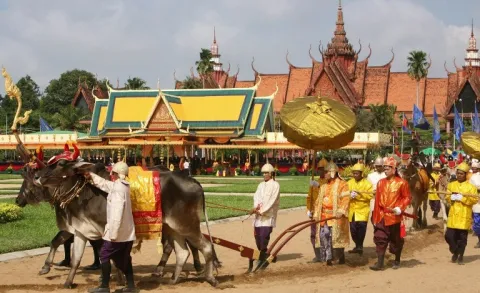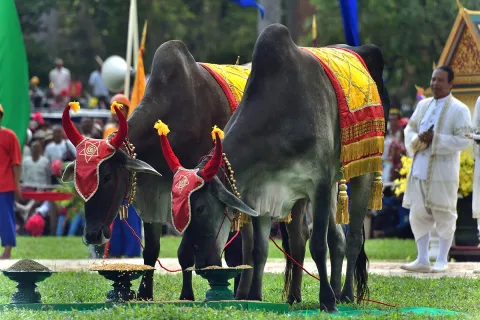News

People & Culture in Ratanakiri
Ratanakiri Province, located in northeastern Cambodia, is a region rich in cultural diversity and natural beauty. The province is known for its unique ethnic diversity, traditional practices, and vibrant local culture. Here’s an in-depth look at the people and culture of Ratanakiri:
1. Ethnic Diversity
Ratanakiri is home to a variety of indigenous and ethnic minority groups, each with its distinct traditions and customs:
-
Tumpoun: One of the largest indigenous groups in Ratanakiri, the Tumpoun people are known for their traditional agricultural practices and unique cultural rituals. They often practice animism and hold ceremonies to honor spirits and ancestors.
-
Jarai: The Jarai people, another significant ethnic group in the region, are known for their rich oral traditions, intricate weaving skills, and distinctive wooden sculptures. Their cultural practices often revolve around ancestor worship and the veneration of nature spirits.
-
Kachok: The Kachok people are recognized for their unique traditional dances and music. They have a deep connection to the land and practice shifting cultivation.
-
Kreung: The Kreung people, residing in Ratanakiri, are known for their traditional longhouses and elaborate rituals related to their agricultural practices.
-
Other Minorities: There are also other smaller ethnic groups in Ratanakiri, each contributing to the province’s cultural mosaic with their own traditions and lifestyles.
2. Traditional Practices and Festivals
-
Ceremonies and Rituals: The people of Ratanakiri are deeply connected to their spiritual and animistic beliefs. Traditional ceremonies often include offerings to spirits, ancestor worship, and communal gatherings. These rituals are integral to their cultural identity and are performed during various life events, such as births, marriages, and harvests.
-
Festivals: Festivals in Ratanakiri often celebrate agricultural cycles, community events, and traditional beliefs. Key festivals include:
- Bong Pheak Festival: Celebrated by the Jarai people, this festival marks the end of the harvest season and involves traditional dances, music, and communal feasts.
- Water Festival: While more commonly associated with other parts of Cambodia, local variations of water festivals are celebrated in Ratanakiri, reflecting the importance of water in agricultural practices.
3. Arts and Crafts
-
Weaving: Traditional weaving is a highly regarded craft in Ratanakiri. The Tumpoun and Jarai people are known for their intricate handwoven textiles, often featuring vibrant patterns and colors that reflect their cultural heritage.
-
Wood Carving: The Jarai people are skilled woodcarvers, creating detailed sculptures and masks used in traditional ceremonies. Their artwork often depicts animals, spirits, and mythical figures.
-
Traditional Music and Dance: Music and dance play a central role in Ratanakiri's cultural life. Traditional instruments, such as gongs and drums, accompany dances performed during festivals and ceremonies. Each ethnic group has its distinctive style of music and dance.


